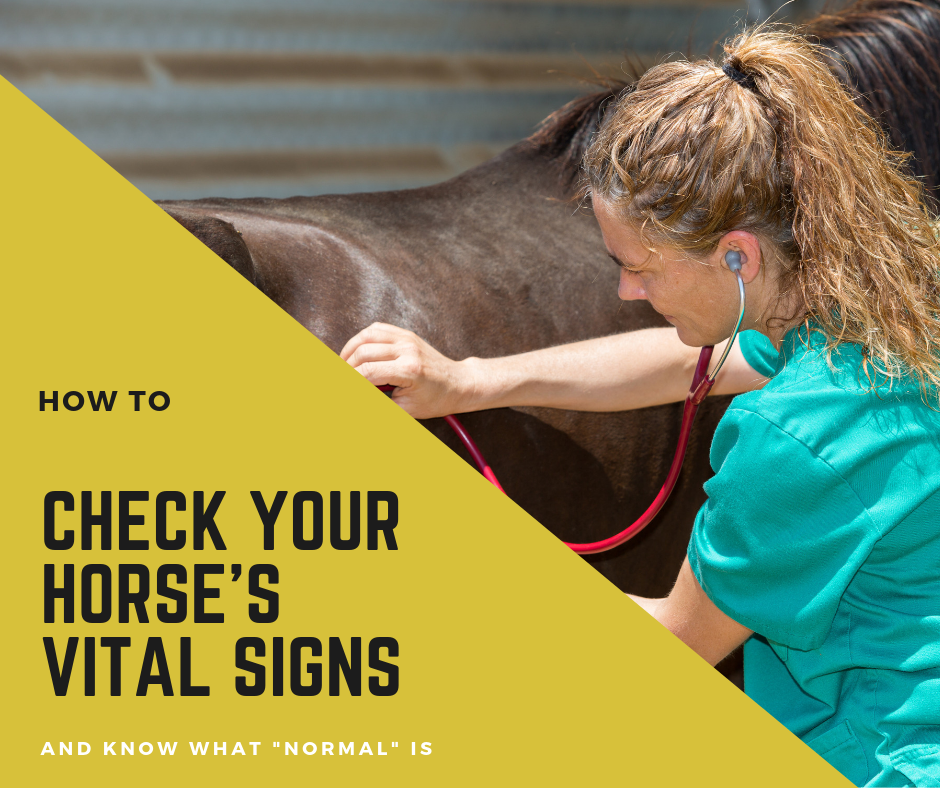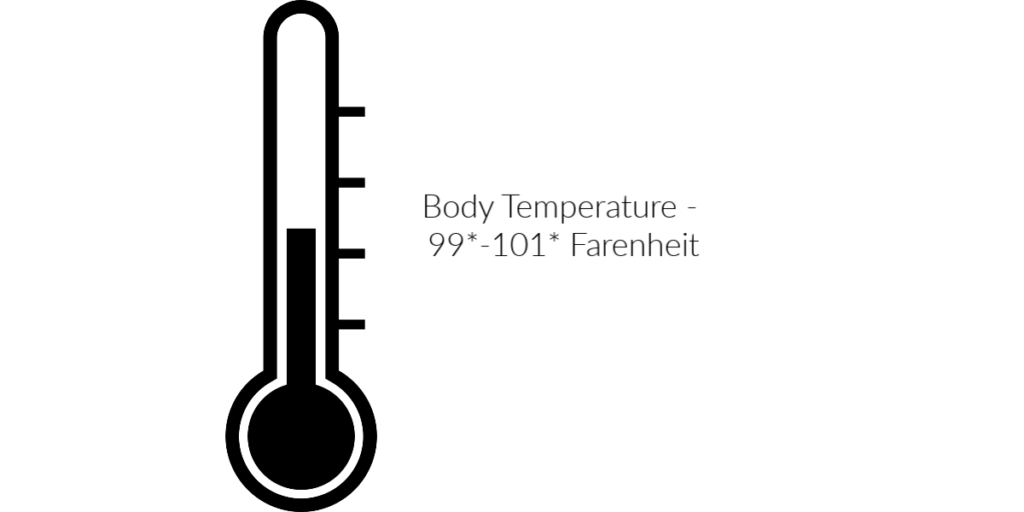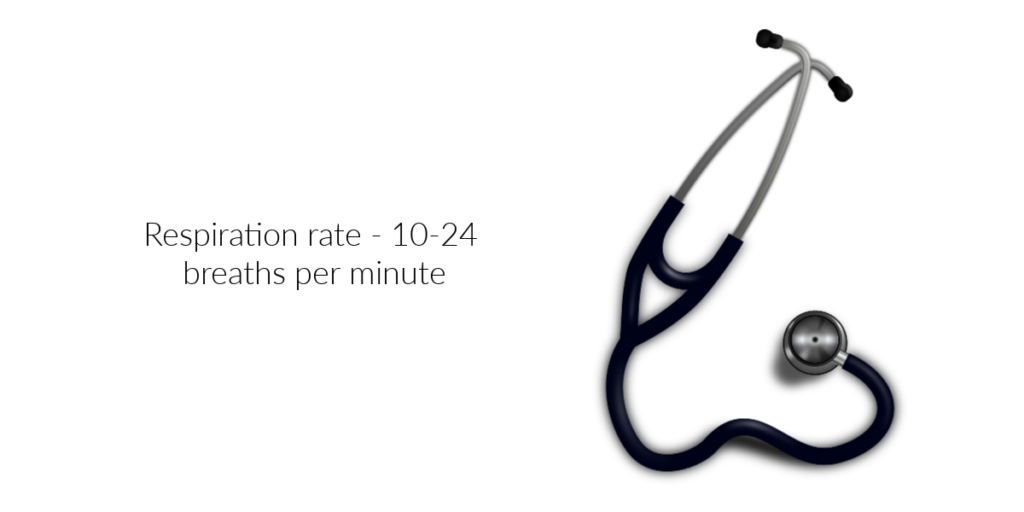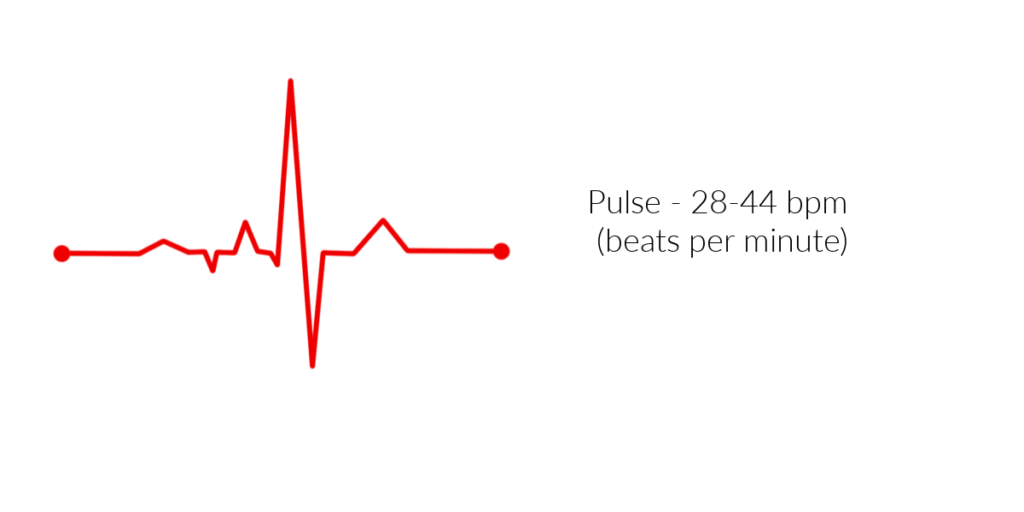
This isn’t going to be a long post, but it is an important post. Have you ever called the vet, worried that something is wrong with your horse? I’m guessing you have. And the vet asks you – “What is your horse’s temperature? Their respiration rate?” And you reply, “I don’t know”.

Please note that this is not a substitute for your vet’s advice. Please contact your vet if you have any questions about your horse or their health.
Instead of not knowing, take a moment to understand how to find these vital signs and start checking them regularly on your horse so you develop a baseline for regular health in your horse.
A horse’s vital signs can give you and/or your vet important information about your horse’s health.
Knowing when your horse is not normal will help you to care for them if something is wrong. So, what vital signs are we talking about?
- Body Temperature
- Respiration Rate
- Pulse Rate
- Gums/Capillary Refill
Each of these things can change depending on your horse’s current health status. That’s why you should check these when your horse is normal, so you know when they are not normal.
Here are the typical ranges for a horse’s baseline vital signs:




Source: theHorse.com
Tools you may need:
To take your horse’s temperature: Rectal Thermometer (make sure it has a string attached to end so you can clip it to your horse’s tail – don’t lose it in there!)
To check your horse’s respiration (or gut sounds): A Stethoscope
A Notebook to Record your horse’s vital signs. Any notebook you have lying around will work.
If you’ve never checked your horse’s vital signs, there are multiple resources to help you. One of the easiest ways to learn is by watching, so YouTube is an excellent source for learning new things by watching others.
Click the following links to check out YouTube videos to show you how to check your horse’s vitals.
How to check a horse’s temperature
How to check your horse’s respiration rate
How to check your horse’s pulse
How to check your horse’s capillary refill
Now it is time for you to try taking your horse’s vital signs! Keep track of the average numbers for your horse. You can do this in your phone, on a piece of paper or a white board in your barn.
If your vet asks for vital signs, you’ll know how to find them and determine how “normal” they are from your horse’s baseline vitals.
Leave a Reply